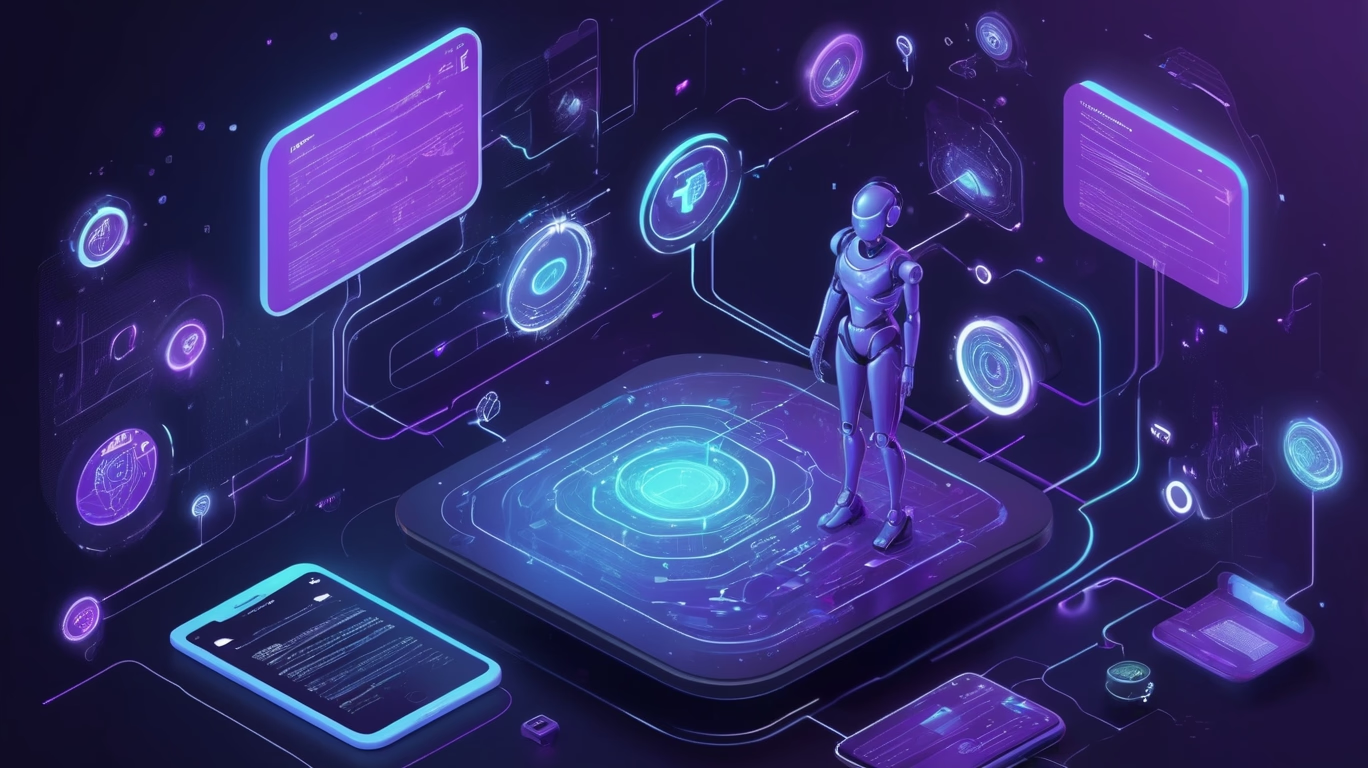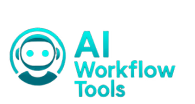ChatGPT has become one of the most widely discussed AI tools in recent years. From casual conversations to advanced content creation, businesses and individuals around the world are exploring its capabilities. But what exactly makes ChatGPT so powerful? And where does it fall short? In this article, we’ll explore the pros and cons of using ChatGPT, recommend best practices, and show how it can fit seamlessly into your workflow in 2025.

Pros of Using ChatGPT
1. Fast and Accurate Text Generation
ChatGPT can quickly produce human-like responses for a variety of tasks — from writing emails and articles to answering questions. Its speed and fluency make it ideal for rapid ideation and content drafting.
2. 24/7 Availability
Unlike human assistants, ChatGPT never sleeps. It’s available round-the-clock to help with research, generate content, brainstorm ideas, or provide coding suggestions.
3. Multilingual Capabilities
ChatGPT supports multiple languages, making it accessible and useful for users across the globe. It’s a valuable tool for translation, localization, and multilingual communication.
4. Integration-Friendly
The API makes it easy to integrate ChatGPT into apps, websites, and software tools — perfect for automating tasks or enhancing user experience.
5. Cost-Efficient
For many startups and freelancers, using ChatGPT can significantly cut down the cost of hiring writers, marketers, or support agents for basic tasks.
6. Learning and Tutoring Assistant
From language learning to programming help, ChatGPT serves as a reliable tutor, offering explanations, examples, and step-by-step guides.
If you’re planning to use ChatGPT for YouTube content creation, don’t miss Tube Magic — a tool that works seamlessly with AI to automate your video strategy.
Cons of Using ChatGPT
1. Occasional Inaccuracy
Although ChatGPT can sound confident, it doesn’t always provide accurate information. Double-checking facts is essential.
2. Lack of Real-Time Awareness
ChatGPT’s knowledge is based on its training data. Unless connected to a live data source, it can’t provide real-time updates or recent news.
3. Potential for Bias
Since ChatGPT is trained on large-scale internet data, it may reflect biases present in its sources. Users must be aware of this and evaluate content accordingly.
4. Creativity Limits
While ChatGPT can mimic creativity, it may still struggle with truly original thought or emotionally complex writing compared to human creators.
5. Dependence on Prompts
The quality of output heavily depends on how well you craft your prompts. A poorly written prompt can lead to vague or off-topic responses.
6. Privacy and Data Concerns
Sensitive or private information should be handled with care, especially when using cloud-based AI tools.
Best Practices for Using ChatGPT in 2025
1. Use Clear and Specific Prompts
The more context you provide, the better the response. Be direct, use examples, and specify what you expect.
2. Review and Edit
Even though ChatGPT can write well, always proofread and refine the output before publishing or sharing it.
3. Combine with Human Creativity
Use ChatGPT to brainstorm, outline, or generate drafts — but rely on human touch for emotional depth and strategic nuance.
4. Limit Sensitive Data Sharing
Avoid inputting confidential or private information. Use it as a productivity tool, not a storage solution.
5. Stay Updated with New Features
OpenAI frequently updates ChatGPT. Stay informed about new plugins, tools, or integrations to get the most value.
6. Train It for Your Niche
If you’re using the API or GPTs, tailor the AI’s behavior to your brand tone, product knowledge, or workflow needs.
Want to take your AI content strategy to the next level?
Try Tube Magic — an AI-based tool for automating YouTube content creation, research, and posting.
ChatGPT Use Cases in 2025
Content Creation: Blog posts, product descriptions, ad copy, and social media content.
Customer Support: Auto-responses, FAQ generation, chatbot integration.
Code Assistance: Debugging, code generation, and learning new languages.
Education: Language learning, tutoring, exam preparation.
Marketing: SEO optimization, keyword research, and campaign ideation.
Operations: Automated reports, data summarization, internal documentation.
